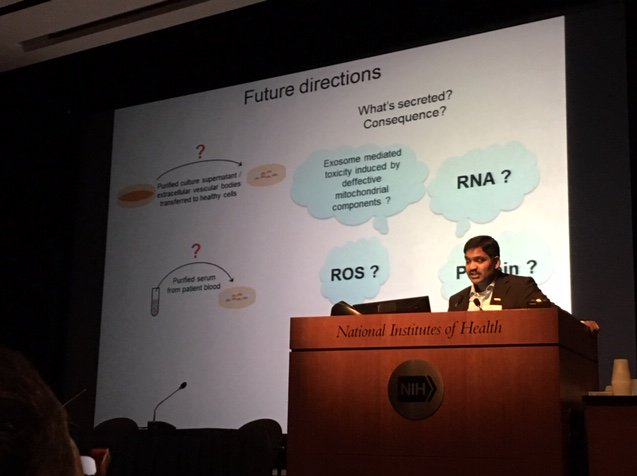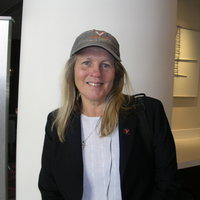Perplexity on David Ho
The 1992 Amsterdam International AIDS Conference can be viewed as a critical—but neglected—turning point that exposed cracks in the prevailing HIV/AIDS paradigm. It brought together mounting evidence of immunodeficiencies not fully explained by HIV alone and coincided with emerging research linking Chronic Fatigue Syndrome (CFS) to AIDS-like immune dysfunction. Had these signals been integrated, the conference could have become a “Black Swan” event—an inflection point forcing the scientific establishment to reassess the single-virus causation model and to acknowledge parallel disease mechanisms. The Missed Black Swan Moment The Amsterdam Conference occurred at a moment of scientific unease. By 1992, death rates were escalating despite monotherapy with AZT, and leading researchers debated whether HIV alone could explain the spectrum of immune collapse being observed. Alternative views were gaining quiet traction, suggesting co-factors such as immune activation, oxidative stress, an...






















